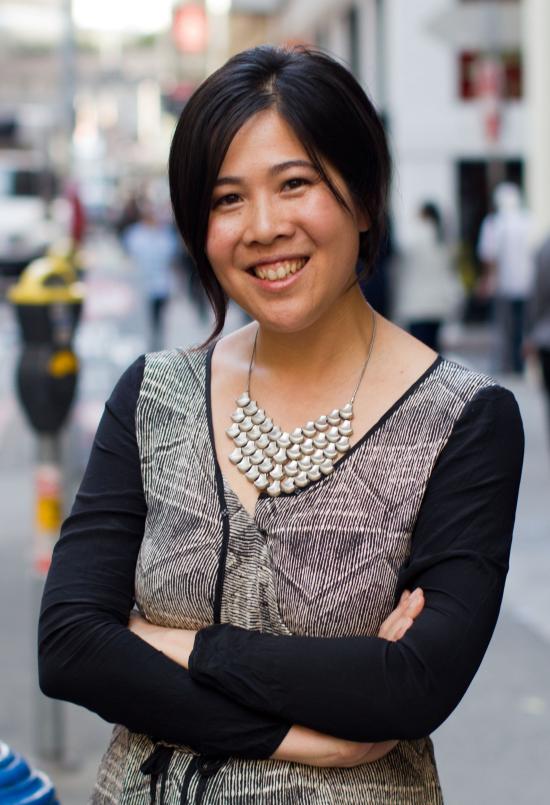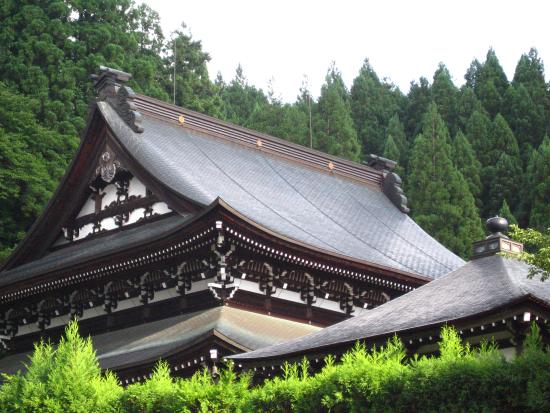When Leslie Tom started the master’s program at the School of Information a year and a half ago, she was looking to integrate her interest in information management with her architecture experience. Tom has a B.Arch. degree, and worked as an associate architect for six years before coming to the I School.
“The field of architecture is experiencing a revolution in the use of information and technology,” said Tom. “These technology changes are so new, though, that they haven’t yet filtered back into architecture education.”
She was recently named one of the American Institute of Architects’ inaugural knowledge scholars — a position that will use her information-management skills to gather, organize, and communicate architectural knowledge and best practices from this month’s AIA “Crafting the Future” conference in Japan.
The knowledge scholar program is sponsored by the AIA, the leading professional association for architects, with over 80,000 members. Knowledge scholars will attend seven different AIA conferences this fall, and will use social media to connect the on-site attendees with the entire AIA membership.
In less than a week, Tom and her colleague Jeremy Altman will pack their bags and fly to Tokyo, Japan, where architects from around the Pacific region will be meet to explore the unique challenge of rebuilding from this year’s devastating earthquake and tsunami, in the context of Japanese culture, aesthetics, and social values. The conference will include a four-day tour of central Japan, exploring the range of Japanese architectural styles, both ancient and modern.
Tom’s job will be to spark conversations and information sharing among the conference attendees, and to collect expert knowledge from the conference in a way that can be shared with other architecture professionals. Her approach will be based on the question “How is [it] done well?”
“The question ‘How are things done?’ might render a top-ten list,” explained Tom, “but a better question would be ‘How are things done well?’ Adding the adverb ‘well’ changes our experiences and observations into design problems.” Sample questions might include things like “How is [the pedestrian scale] done well?” or “How is [Japanese modern detailing] done well?” or “How is [the urban planning of Takayama] done well?”.
“We’d like to capture words, sketches, details, and photographs from conference attendees, to effectively communicate what we’re learning and experiencing,” said Tom.
Tom and Altman will blog throughout the conference on the AIA KnowledgeNet site and the AIA Committee on Design blog. They will also upload resources to the online resource library, post to the AIA Committe on Design Facebook page, and tweet to the @aia_cod Twitter feed and the #AIAcraft hashtag.
Tom will also deliver a conference presentation on how the design concepts of flexibility, materiality, and sustainability can be applied to social media tools and information organization.
“I’m so excited about the conference,” said Tom. “It’s such a wonderful opportunity. There’s only space for a limited number of people on the tour, and so many of them are experienced architects; I’m excited to be able to learn from them, and to help share their ideas and experiences with the world.”












